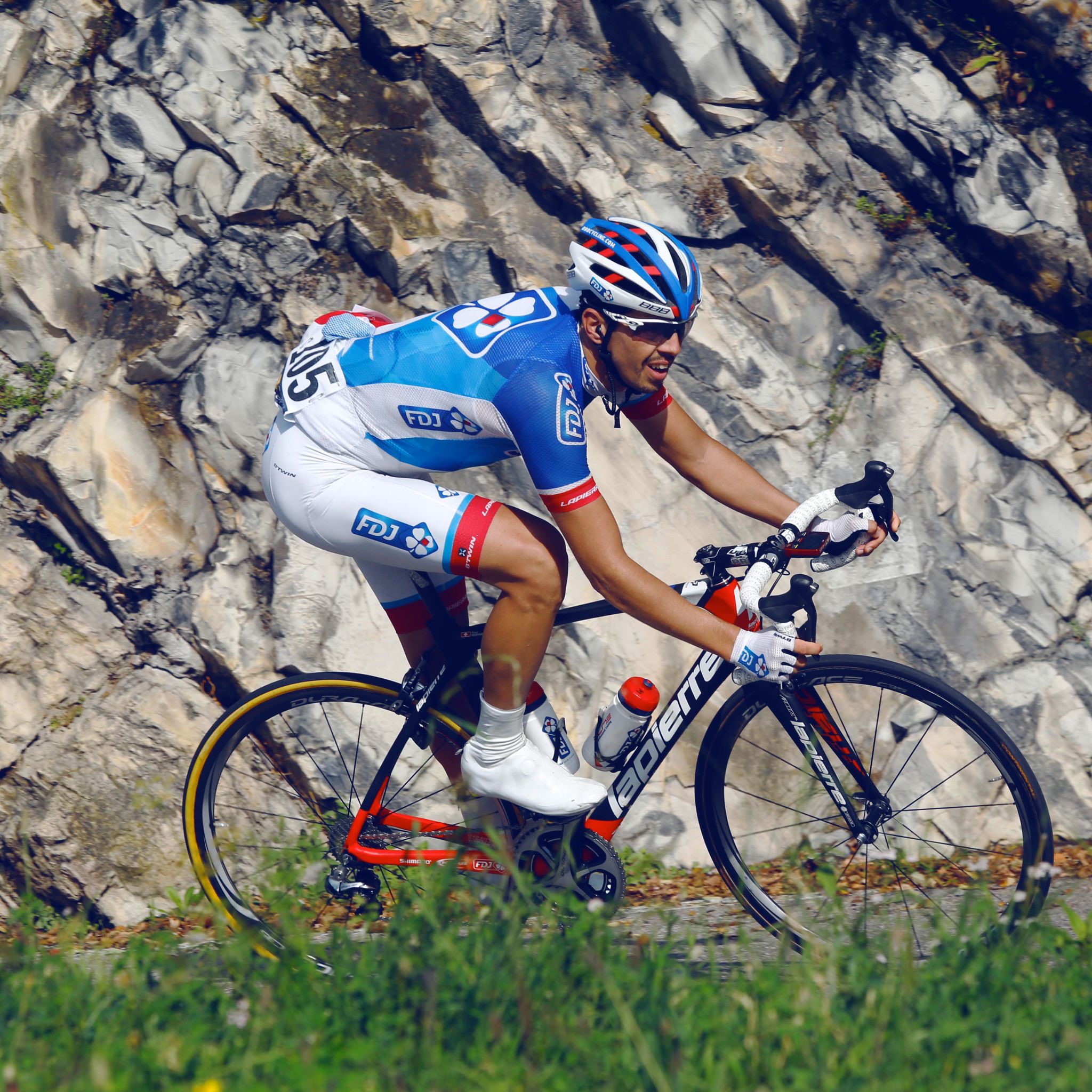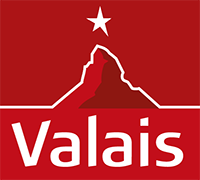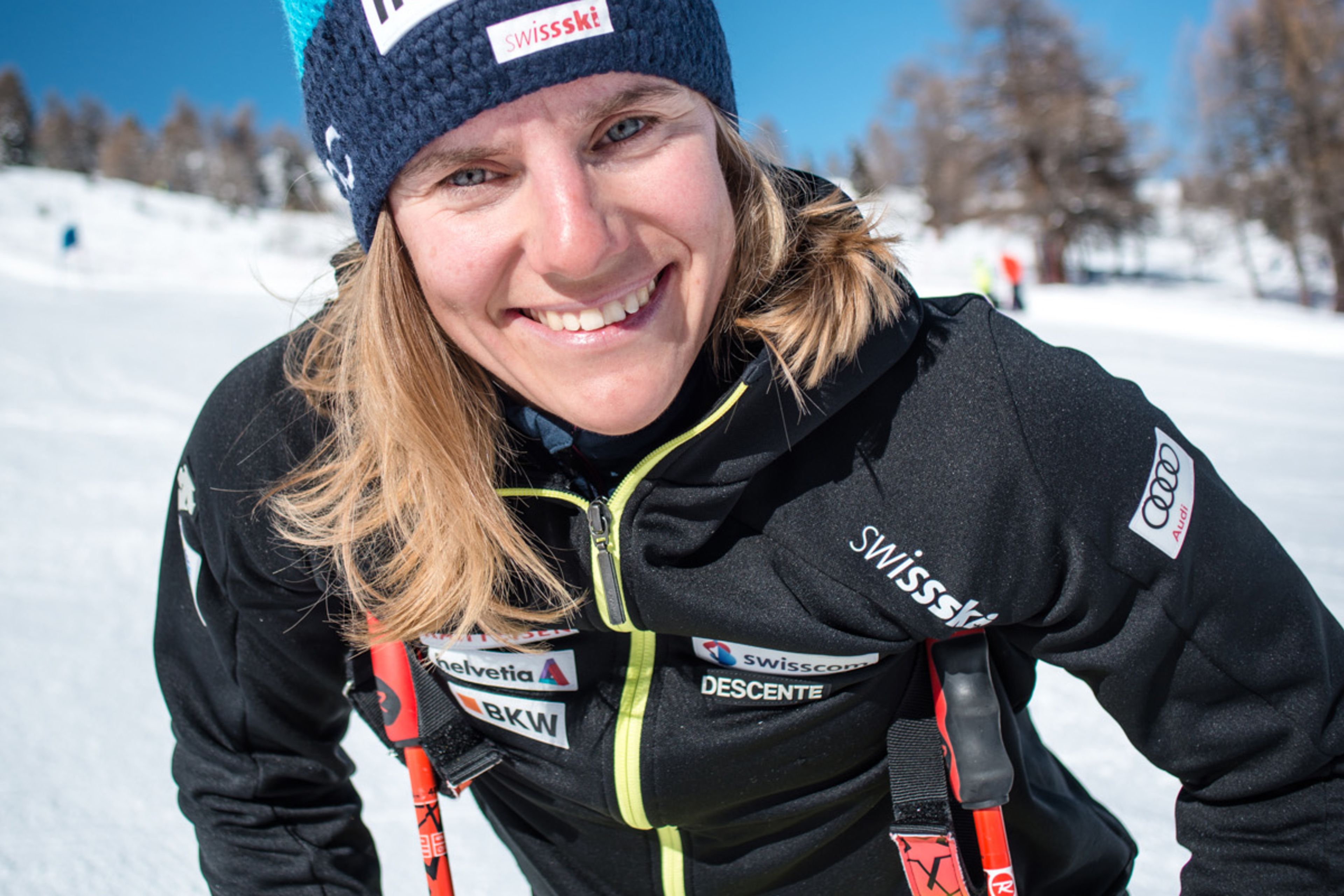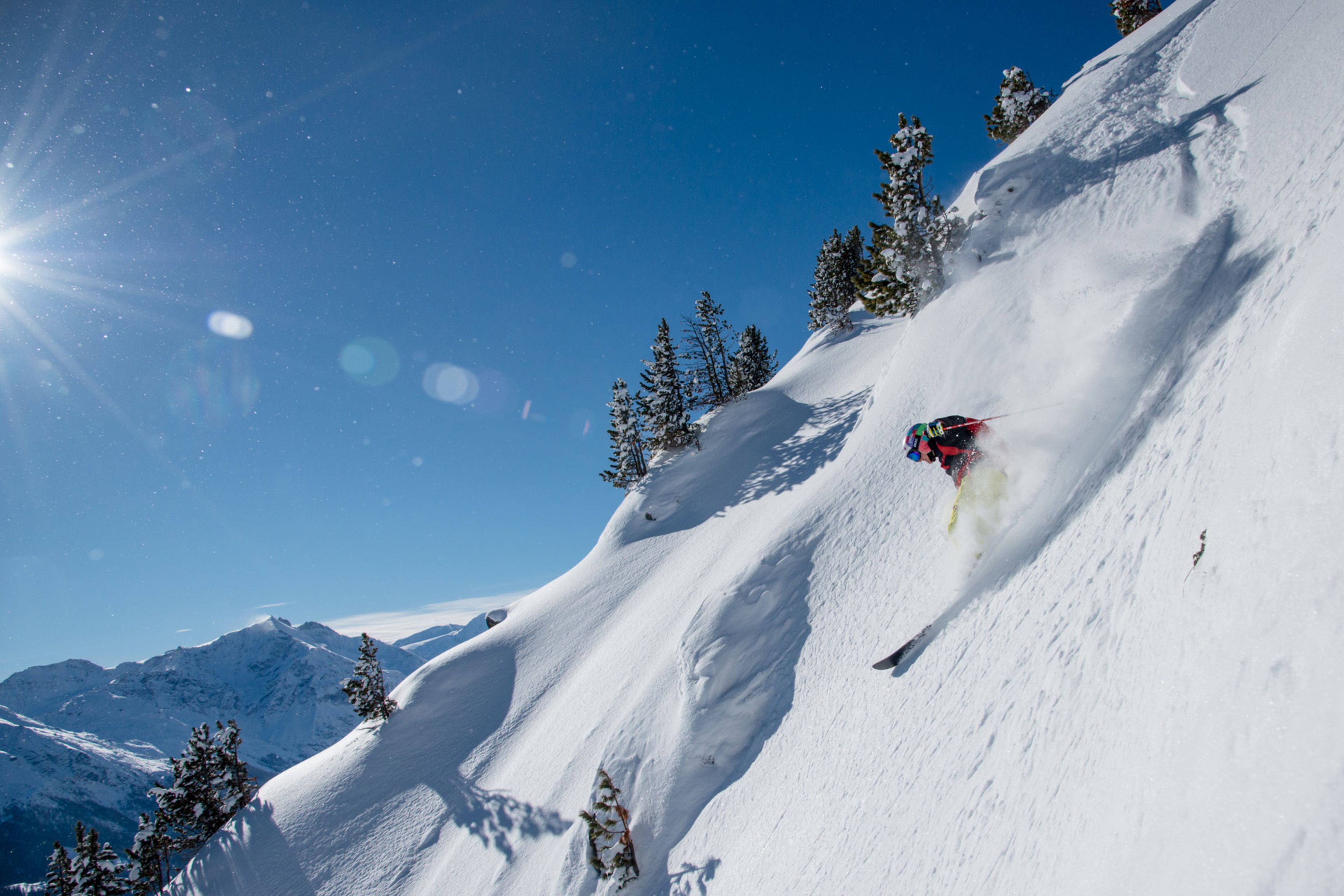Best in the world

Eleven times world champion, 34 crystal globes and 133 World Cup victories - Amélie Reymond, the Telemark skier from Valais, is in a class of her own.
Amélie Reymond says she finds snowboarding “casse-pied” – which translates roughly as “dead boring”. But isn’t that a bit much coming from someone into Telemark, a sport some would say is for old fogies? Amélie is too polite and charming to laugh at the idea. Instead she points out what Telemark skiing requires: strength, stamina and highly developed skills of coordination and balance. World Cup competitors have to master three disciplines in total – which all sound similar to Alpine or Nordic disciplines, but which incorporate extra challenges. Giant Slalom, for example, also features a jump of about 25 metres, which is marked by judges. A Classic race includes a giant slalom, a skate section, a jump and a 360-degree banking turn. A course like this takes about three minutes, Amélie says. “It’s very demanding mentally as well as physically: especially in the banked turn, you feel as if you’re in a washing machine.” In a Parallel Sprint, which is shorter, two racers compete side-by-side. “For the spectators, it’s really spectacular. And for us racers it isn’t easy, because we have to compete in up to six rounds against different opponents.”
The Telemark style was developed in Norway in the 1860s and marked the beginnings of skiing as a sport. For nearly 100 years, this was the only way to get down a snowy slope on skis. The skis were planks of wood, cut straight, which required a special technique: the graceful lunging or “free heel” turn. The perception – among some skiers – of Telemark as old-fashioned simply derives from the fact that in the 1960s and 1970s, older skiers still favoured the technique. Now it is back in fashion, in big style: a modern discipline with new challenges, its own FIS race calendar and an 11-strong team with Swiss-Ski.
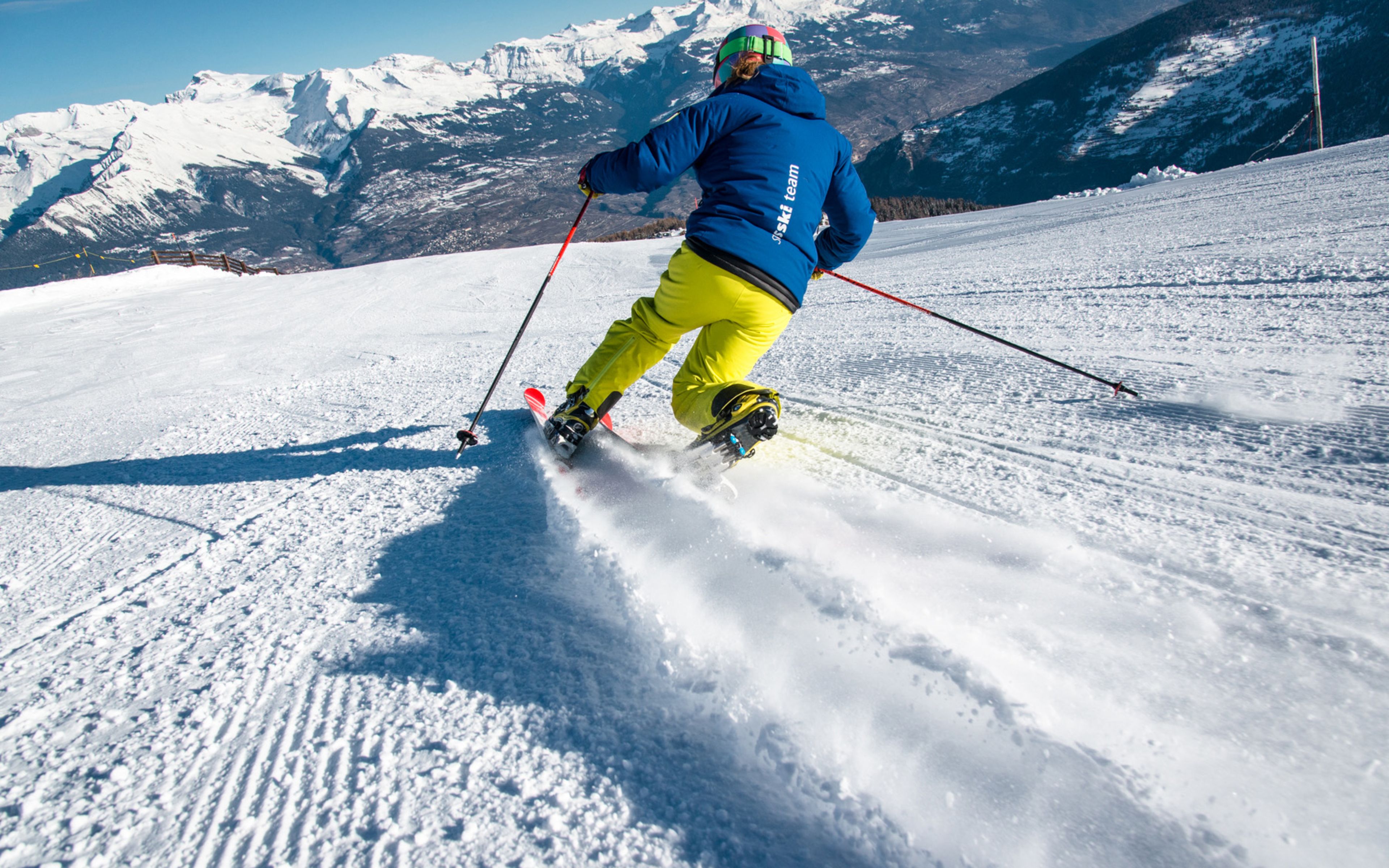
Amélie Reymond has been a member of the national team for 10 years. Of the 11 members (four women and seven men), she is by far the most successful racer. When she joined, she devoted herself entirely to Telemark and since then has won one title after another. Now 30 years old, she has dominated the World Cup since 2009 – except for the year 2013, when she lost to a Norwegian. The discipline requires a great deal of training, she says. A graduate of ETH Zurich with a masters in biomechanics, Amélie works nearly full-time (80%) for the health service of the canton of Valais and still trains nearly every day. Mornings on the piste, gym at lunchtime and fitness training in the evening. “I’ve been doing top-level sports for years, but I have never got tired of it,” she says. “That’s very lucky, it means I’m still really motivated.” It’s obviously true, otherwise she could never have become a top gymnast as well, at a time when her Telemark career was already flourishing: she even became number two in Switzerland on the bars. “Gymnastics complements the skills I need in Telemark: strength, mobility and precision in execution. And in Telemark, just like in gymnastics, judges assess your stance and technical execution.”
Amélie Reymond ist in Basel geboren und in Sion aufgewachsen. Die Eltern gingen mit ihr schon als kleines Kind auf die Skipiste. Bald wurde ihr Talent erkannt, und sie trainierte mit dem Skiclub. Bereits mit 13 fuhr sie Alpin-Skirennen, mit 17 entdeckte sie dann den Telemark. Im Skiclub traf sie auf Françoise Besse-Matter, Weltmeisterin im Telemark, die in ihr das Ausnahmetalent erkennt und sie fördert. «Ich musste das Skifahren neu lernen», erinnert sich Amélie. Der Einsatz hat sich gelohnt. «Ich konnte dank des Sports durch die halbe Welt reisen. Das ist ein grosses Privileg.» Wichtig sei ihr auch, dass man beim Skifahren immer in der Natur sei. «Das Umgehen mit dem Wetter, den verschiedenen Arten Schnee und den Temperaturen gehört bei einem Rennen dazu. Ich finde das spannend.» Schnee und Berge sind ihr «lebenswichtig». Sie muss raus, wandern, biken, rollerskaten, bergsteigen, skifahren. «Ich versuche auch in der Freizeit möglichst verschiedene Fertigkeiten auszuleben und zu trainieren.» Beim regelmässigen Joggen hat sie seit geraumer Zeit jeweils Gesellschaft: In Zürich, während des Studiums, konnte sie sich nicht nur perfekt auf die Saison vorbereiten, sondern lernte dort auch Christoph Wenger kennen. Im Juli haben die beiden geheiratet, Amélie im eleganten weissen Brautkleid, was sie aber nicht daran hinderte, aufs Mountainbike zu steigen und eine steile Abfahrt zu wagen. Kann sie etwas in ihrem sportlichen Treiben stoppen? «Nun, zumindest die kommende Weltkampfsaison werde ich für einmal auslassen. Denn wir erwarten unser erstes Kind», sagt sie und strahlt.
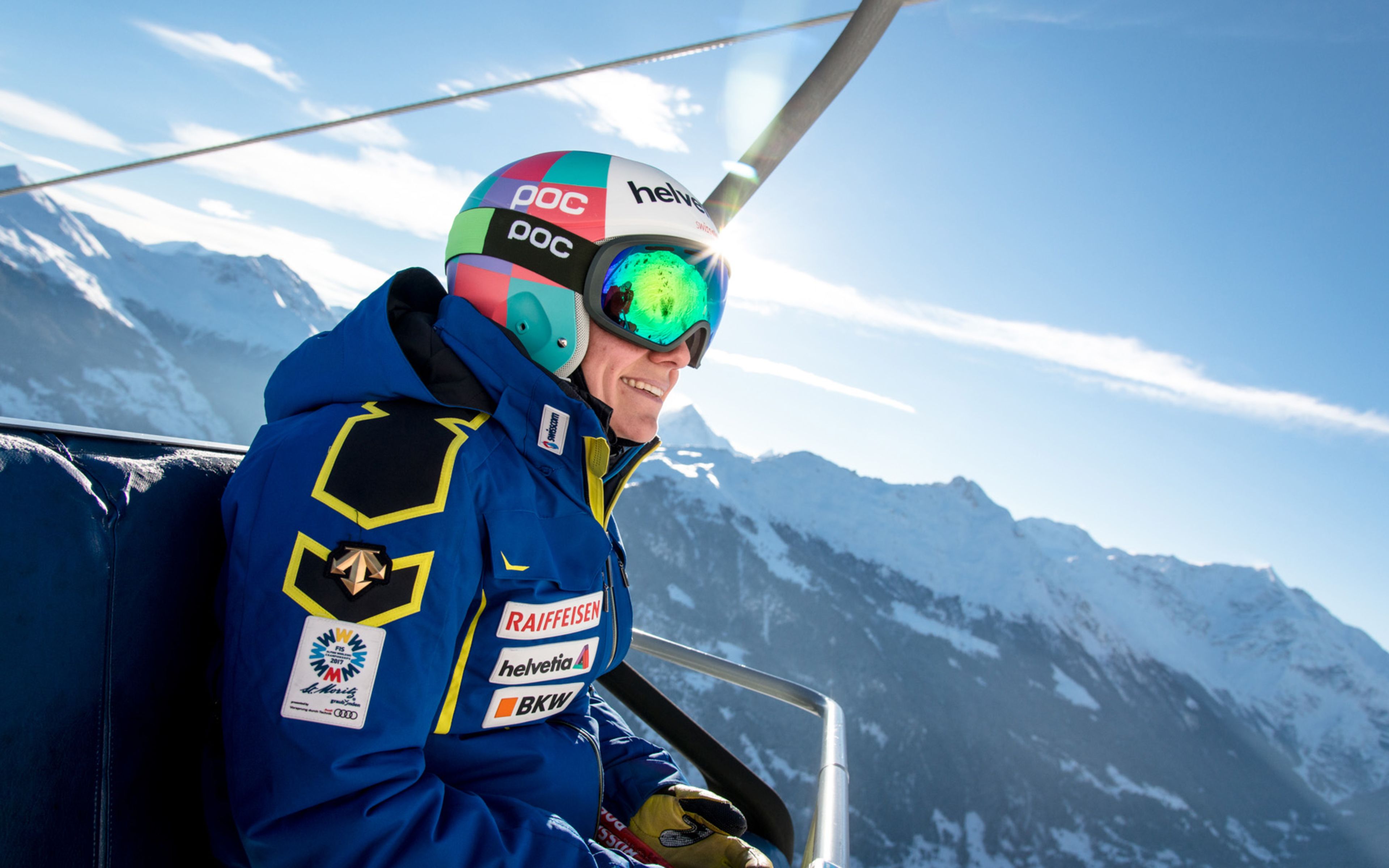
She regularly goes jogging, too – and for some time now she has had company on her runs. When she was in Zurich, studying and preparing for the ski season, she met Christoph Wenger. The couple married in July: Amélie wore an elegant white wedding dress, which didn’t stop her from climbing on a mountain bike and launching herself down a steep run. Can anything stop this sports fanatic? “Well, for once I’m going to skip at least the coming World Cup season. We’re expecting our first child,” she says, beaming. After giving birth, however, she plans to get right up to speed again. “Many world-class athletes show it’s possible,” she says. And besides, she has a major goal ahead with the Olympic project Sion 2026. “First of all we need to bid successfully to host the games – and then of course I want to be there, in my home region.” She is convinced that the Olympic Games would give a big boost to winter sports in Switzerland. “It’ll motivate the entire population, experiencing it first-hand with the world’s best athletes. That’s good for up-and-coming talent and for all the children who develop a love for sport as a result.” From the 2018/19 season, then, she’ll be back on the pistes of ski areas across the world. This winter, however, she’s saying in Valais. “After all, we have the loveliest ski areas here and, thanks to the altitude, plenty of snow.” She particularly enjoys skiing in fresh powder and on freeride runs. From Sion, where she lives with Christoph, it’s just a short hop up to the pistes. “We’re so lucky to live in a region where I have mountains and snow right on the doorstep.”
Text: Monique Ryser Photos: David Carlier Published : 2017
The Valais Mountain Flea
Next story
